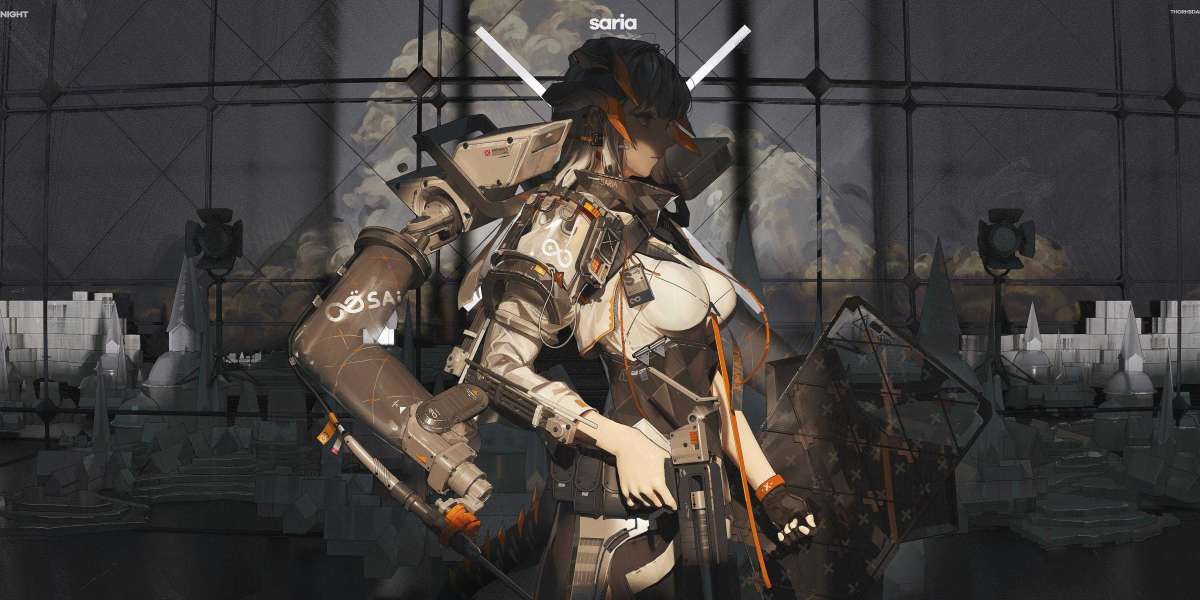Dealing with an inguinal hernia can be physically uncomfortable and emotionally frustrating, especially when it starts to interfere with daily activities. Whether you're managing symptoms conservatively or recovering from surgery, finding the right support can make a huge difference in how you move, work, and rest. A well-fitted inguinal hernia belt offers gentle compression and helps keep the hernia in place, reducing strain and discomfort throughout the day.
If you’re unsure how to select the best option for your needs, this guide will help you understand what to look for and how Bodyassist products can provide the support you're looking for.
What Is an Inguinal Hernia Belt?
An inguinal hernia belt is a type of medical garment designed to support weakened muscles in the groin area. It provides targeted compression to prevent a hernia from bulging outward, helping reduce discomfort during movement and physical activity. These belts are often recommended for those waiting for surgery, recovering post-op, or managing small hernias conservatively.
Bodyassist hernia belts are created with attention to comfort and practicality. They’re made to be worn under clothing, so you can go about your routine with minimal disruption or irritation.
Read More - How to Modify Workouts If You Have Chronic Knee Pain
Key Features to Consider When Choosing a Hernia Belt
1. Single or Double-Sided Support
Hernias can occur on one or both sides of the groin. A good hernia support truss should offer options for either single or bilateral support. Make sure the belt you're considering is suitable for your condition.
2. Adjustability and Fit
Your body moves throughout the day—and so should your support. Look for belts with adjustable straps or hook-and-loop fasteners to fine-tune the pressure. A secure but not-too-tight fit ensures the hernia stays in place without restricting your movement or circulation.
3. Comfortable Materials
Since hernia belts are worn for extended periods, comfort is key. Choose one made of soft, breathable material that won’t chafe or irritate the skin. Bodyassist belts are designed with skin-friendly fabrics for all-day wear.
4. Low-Profile Design
If you're planning to wear your hernia belt under work clothes or casual outfits, a slim, discreet design is important. A bulky truss might offer support, but it can also make you self-conscious or uncomfortable in social or professional settings.
Read More - The Best Recovery Tools for Athletes: Foam Rollers, Braces, and More
Combining Hernia Support with Other Recovery Aids
Support doesn’t stop at the groin. For example, if you're recovering from hernia surgery or managing pain, post op shoes can help minimize pressure on your lower body and assist in overall movement. These medical shoes are designed to protect your feet and improve posture, which in turn helps avoid additional strain on the hernia site.
Wearing a hernia support truss along with post op shoes can provide balanced support from the ground up—especially important when walking or standing for extended periods.
Who Should Use a Hernia Belt?
People with a diagnosed inguinal hernia awaiting surgery
Individuals managing small hernias non-surgically
Post-surgical patients who need light compression for recovery
People with physically demanding jobs that put strain on the groin area
Older adults who prefer a non-invasive solution to minimize discomfort
Always consult with a medical professional before choosing a belt, especially if you’re post-surgery or have additional health concerns.
Tips for Using a Hernia Belt Effectively
Put it on while lying down: This helps gently push the hernia back into place before securing the belt.
Wear it during high-activity periods: It’s not always necessary to wear it all day. Use it when walking, lifting, or doing chores.
Clean regularly: Maintain hygiene and ensure the belt retains its elasticity and effectiveness.
Avoid over-tightening: A belt that’s too tight may worsen discomfort or affect circulation.
Final Thoughts
Living with an inguinal hernia doesn’t have to mean living in discomfort. With the right inguinal hernia belt, you can go about your day with better support, reduced pain, and improved confidence. Take time to choose a product that fits your needs, and consider combining it with other aids like hernia support trusses or post op shoes for a more complete approach to comfort and recovery.
With thoughtful design and practical support, Bodyassist is here to help you stay mobile and supported—one step at a time.
Frequently Asked Questions (FAQs)
Q: Can I wear the Bodyassist inguinal hernia belt all day?
A: Yes, many people wear it throughout the day, especially during physical activity. However, it's a good idea to take breaks and remove it while resting or sleeping, unless directed otherwise by a doctor.
Q: Is the belt suitable for both single and double hernias?
A: Bodyassist offers belts designed for both. Be sure to choose the version that matches your specific needs—single-sided or bilateral.
Q: Should I still use the belt after surgery?
A: Some doctors recommend light compression belts during post-op recovery. Check with your surgeon to confirm what’s best for your recovery plan.
Q: Can I wear the hernia belt with post op shoes or other supports?
A: Absolutely. In fact, using post op shoes or orthopedic footwear can help reduce strain on your lower body, making the hernia belt even more effective.
Q: What’s the difference between a hernia belt and a hernia support truss?
A: These terms are often used interchangeably, though “truss” typically refers to a more structured or traditional style of hernia support. Bodyassist designs offer the best of both—modern comfort with secure support.



